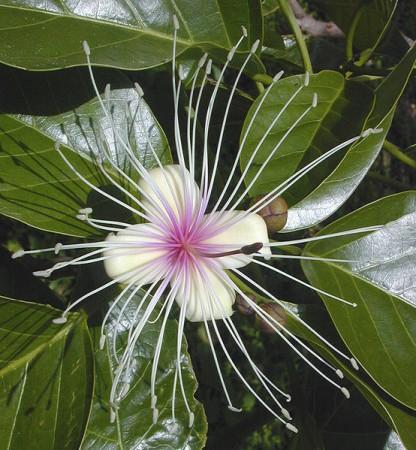
Plants use pollen grains to fertilize flowers. Unlike animals, plants require two sperm cells for a successful fertilization. One sperm joins with the egg cell to produce the embryo, while the other one joins with a second cell to generate endosperm inside the seed.
What the researchers have been trying to find out was how each pollen grain manages to generate twin sperm cells.
A team of biologists from University of Leicester, while studying the unique phenomenon, found a pair of proteins produced by flowering plants. These proteins are important for the production of the sperm cell located within each of the pollen grain.
The protein genes, named DAZ1 and DAZ2, are responsible for producing the twin sperm cells. In fact, mutated versions of plants, along with these genes, produce pollen grains using single sperm that is uncapable to fertilize.
Both DAZ1 and DAZ2 are controlled by the protein DUO1. The protein causes the genes to function and ensure that a pair of fertile sperm is produced inside each pollen grain.
What was interesting for the researchers is that both DAZ1 and DAZ2 perform their role by combing with a "repressor" protein called TOPLESS that functions as a stopper to unwanted gene activity that would otherwise arrest sperm and the production of seed.
Though it has been known that TOPLESS has many different roles in plants, its link to sperm production is newly known.
"We often take for granted sexual reproduction in plants and its role in our lives. IT is a complex process that has been studied scientifically for over a century, but it is only recently that we are beginning to get a grip on the underlying mechanisms. We hope to use our discovery to decipher the origins of sexual reproduction and to further demystify the fascinating process-of how plants make the fertile sperm inside the pollen grains-that are essential for the vast majority of our food crop production," stated David Twell, at the University of Leicester's Department of Biology, who led the study, in a news release.
Scientists believe the new discovery of genes DAZ1 and DAZ2 could be useful in the development of plant-breeding techniques in the near future.









